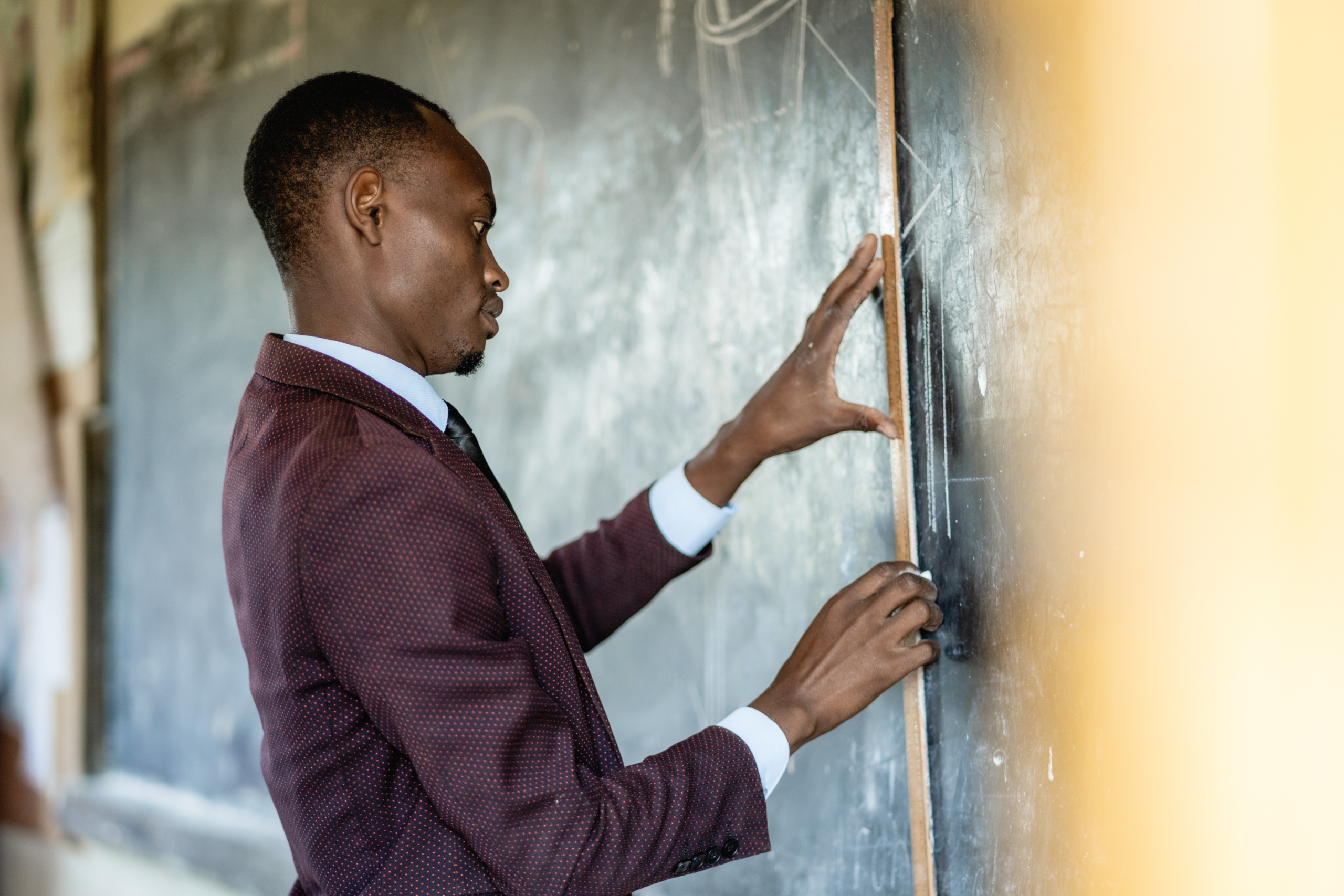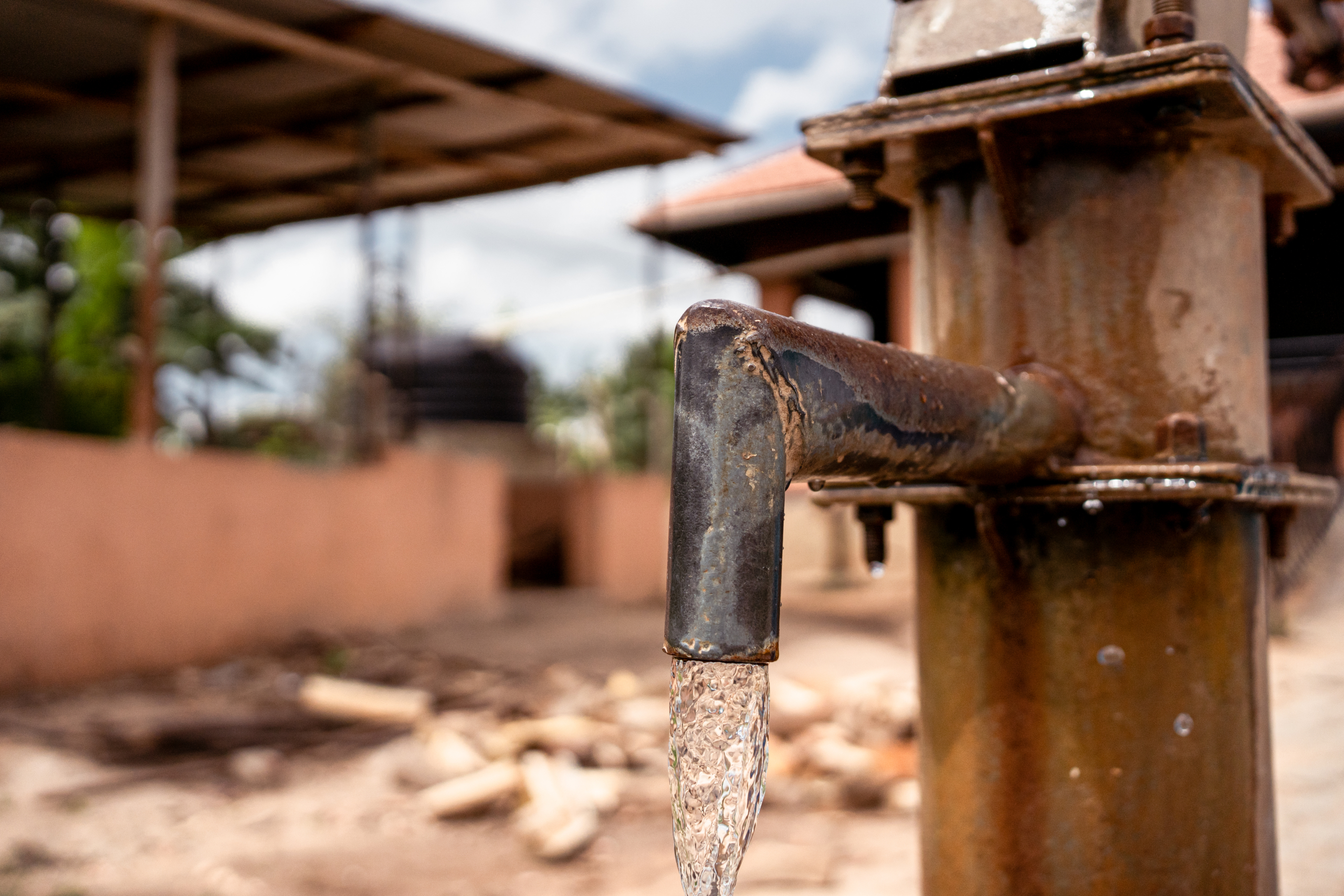Although many Americans have heard little about it, the 1980s and 1990s in Uganda were devastating periods in the country’s history, which has lasting effects today. They were marked by a combination of crises that left millions of children orphaned, traumatized, and impoverished. Here are some important things to know about these crises.
Crises in Uganda During the 1980s and 1990s
Civil War
In 1980-1986, Uganda was embroiled in violent conflicts between dictators and various national military factions. In 1987, Joseph Kony created a terrorist group called the Lord’s Resistance Army (LRA), which slaughtered elephants for ivory and abducted over 67,000 children for use as slaves and soldiers. Many parents were also killed or abducted by the LRA, leaving their children orphaned. Although the LRA has been virtually eliminated in recent years, those who survived the conflicts are still coping with trauma, mental health disorders, and other difficulties.
The HIV/AIDS Epidemic
An HIV/AIDS epidemic also took place in Uganda beginning in 1982, killing over 400,000 Ugandans and orphaning ten of thousands of children. Without guardians or breadwinners, many of these children were forced to fend for themselves on the streets, begging or engaging in forms of child labor to survive. This also meant that many were unable to attend school, leaving thousands excluded from high-quality job opportunities and trapped in poverty. Resulting economic losses compounded the already severe psychological damage of war.
Government Camps
The Ugandan government’s policies during this time also contributed to the orphan crisis with the creation of government settlements or “protected villages.” On the surface, their purpose was to stop the LRA from infiltrating remote communities. However, the practice of “villagization” effectively forced people to move from their homes to these settlements under duress, separating many children from their parents, among other human rights abuses. The villages were used until 1999, leaving orphans and fragmented families in their wake.
In order to ensure that future generations of Ugandans have the means to prevent or address health and political crises, it’s essential that governments, non-government organizations (NGOs), and nonprofits work to provide a high-quality education to children. You can support these efforts by donating to related charitable organizations.
Build a Better Future for Ugandan Children With Simone’s Kids
Simone’s Kids in Nakaseke, Uganda provides high-quality primary and secondary education and meets basic needs—including access to clean water—for children in order to help them break the cycle of poverty. Your donations help purchase school supplies, textbooks, food, and other necessities for Ugandan students.
You can maximize your impact with recurring donations to Simone’s Kids by joining The Village. The Village is a passionate group of donors committed to bettering the lives of children in Uganda by making monthly donations that help to provide better meals, more teachers, more activities, and even post-graduation services. Give today!




Leave a Reply
Want to join the discussion?Feel free to contribute!